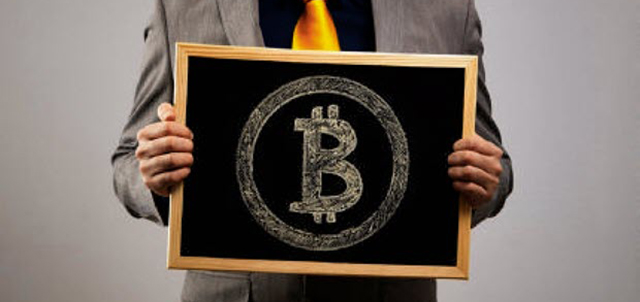Bitcoin Basics

Bitcoin is a type of crypto asset—a digital asset or cryptocurrency—that some owners view as an investment. Like all investments, bitcoin comes with risks, including the risk that you can lose some or all of your investment.
A Bit More About Bitcoin
Bitcoin was introduced in 2009 as an open source peer-to-peer payment system that uses its own currency, also called bitcoin, to transact anywhere in the world. Think of it as a sophisticated payment system that encrypts, verifies and records bitcoin transactions on an immutable ledger without the use of an intermediary, such as a bank. While bitcoin users are pseudo-anonymous—users are identified by a long string of letters and numbers—a record of all transactions (i.e., the bitcoin blockchain) is publicly available and fully auditable.
Bitcoins are created by a process called "mining." Like mining for gold, the process is capital intensive. Through the mining process, new bitcoin is minted and awarded to miners that add a new "block," consisting of transactions, to the blockchain. The miner wins the rights to add a block by solving a cryptographic puzzle. A finite number of bitcoins can be mined (21 million based on the program governing bitcoin mining).
Each bitcoin is made up of smaller units known as satoshis, similar to what cents are to a dollar. Because a single bitcoin can have a value of tens of thousands of dollars (prices continually fluctuate), buying fractional amounts is common. Bitcoins are primarily purchased and sold online, including through crypto asset exchanges, or at certain physical locations, like crypto ATMs. Bitcoins are stored in a crypto wallet and can be used to purchase items from individuals or other establishments that accept bitcoin.
Bitcoin can be exchanged for traditional currency at exchange rates that fluctuate. IRS guidance notes that bitcoin currency is treated as property for U.S. federal tax purposes and subject to the same general tax principles.
You can also receive exposure to bitcoin through exchange-traded products (ETPs). Bitcoin spot ETPs hold bitcoin as their underlying asset, while bitcoin futures ETPs invest in futures contracts tied to bitcoin.
Bitcoin Risks
Buying, selling and using bitcoin, and interacting with bitcoin and other crypto asset platforms, carry numerous risks:
- Bitcoin currency is not legal tender. No law requires companies or individuals to accept bitcoins as a form of payment. Instead, bitcoin use is limited to businesses and individuals that are willing to accept bitcoins.
- Platforms that buy and sell bitcoins can be hacked, and some have failed. In addition, like the platforms themselves, crypto wallets can be hacked. As a result, consumers can—and have—lost money.
- Bitcoin transactions can be subject to fraud and theft. For example, a fraudster could pose as a bitcoin exchange, intermediary or trader in an effort to lure you to send money, which is then stolen.
- Unlike U.S. banks and credit unions that provide certain guarantees of safety to depositors, there are no such safeguards provided to crypto wallets that hold crypto assets such as bitcoin.
- Bitcoin payments are irreversible. Once you complete a transaction, it cannot be reversed. Purchases can be refunded, but that depends solely on the willingness of the establishment to do so.
- Bitcoin prices can be extremely volatile and subject to wide price swings. Like any speculative investment, you can lose money.
- Fraud happens, including Ponzi schemes and pump-and-dump scams. Warning signs of fraud include business claims that are not backed by financial reality. For example, newsletters or press releases might claim that a company has a viable product or service, but the company's own filings with the SEC could show low revenues and describe the company as a development stage entity.
- In part because of the anonymity it offers, bitcoin has been used in illegal activity, including drug dealing, money laundering and other forms of illegal commerce. Abuses could impact consumers and speculators; for instance, law enforcement agencies could shut down or restrict the use of platforms and exchanges, limiting or shutting off the ability to use or trade bitcoins.
If a Problem Occurs
If you believe you've been defrauded or treated unfairly by a securities professional or firm, file a complaint. If you suspect that someone you know has been taken in by a scam, send a tip.
Learn more about investing in crypto assets.
Updated on 2/9/24



